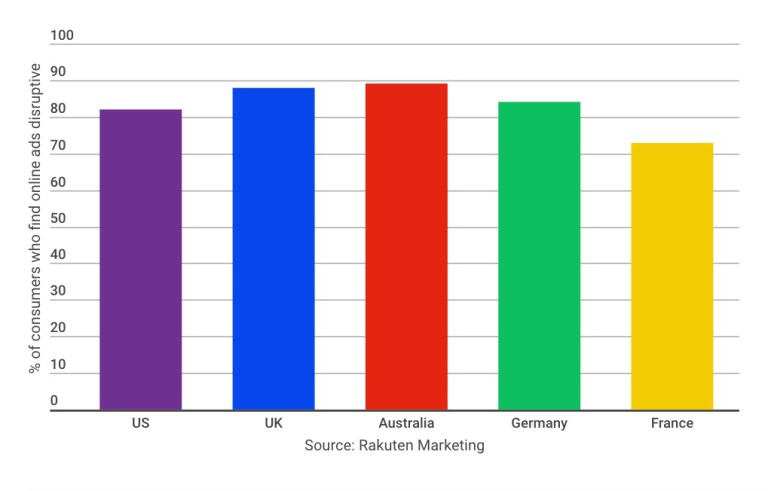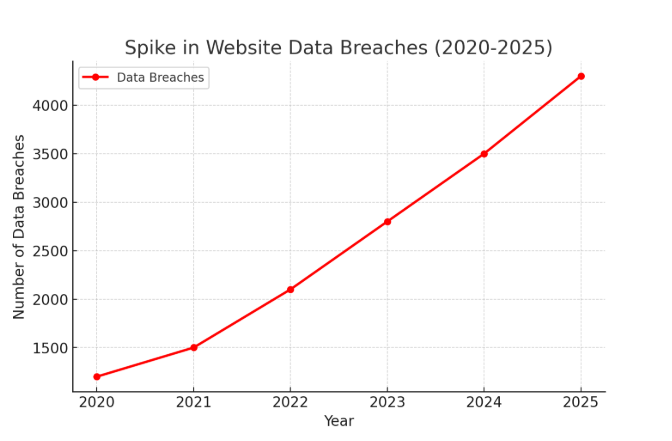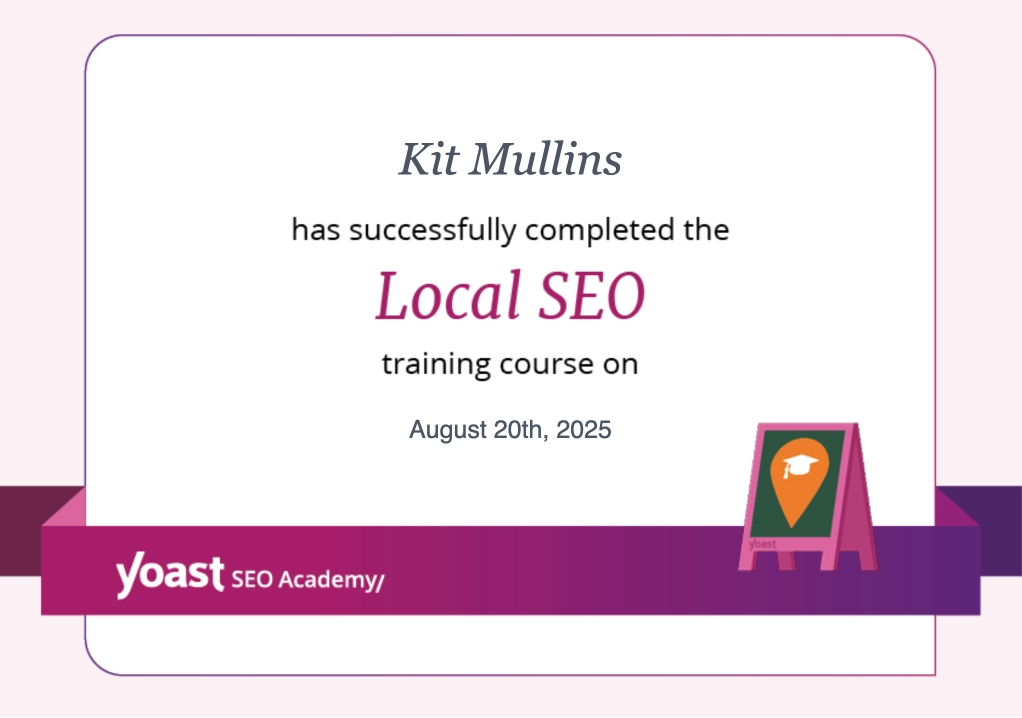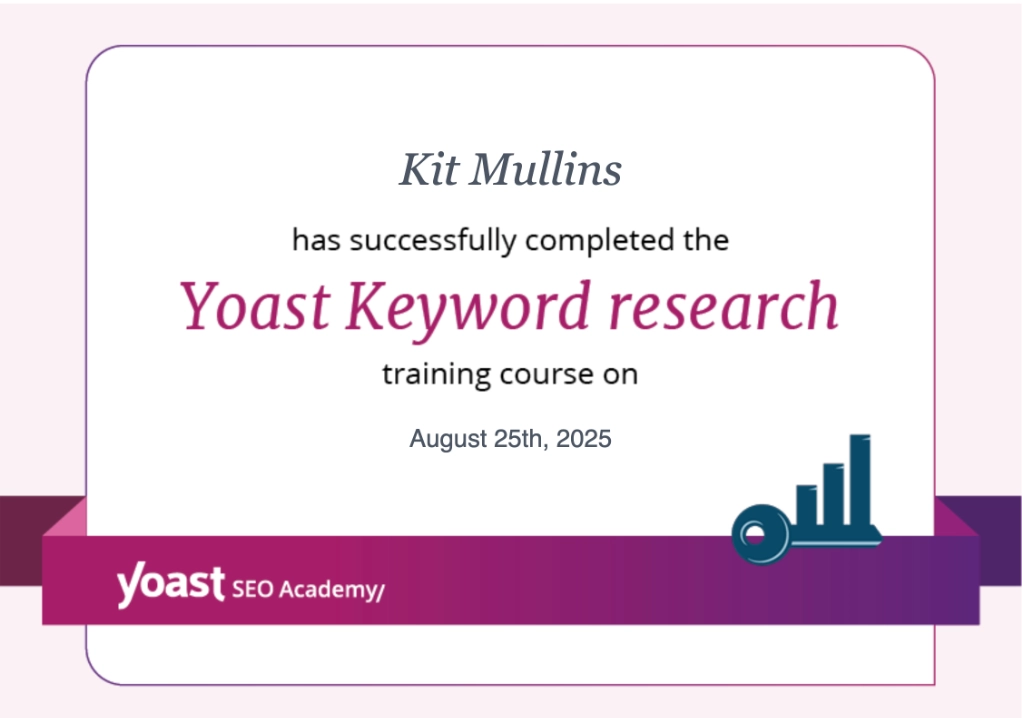DIY Websites:
Sometimes They are a Costly Mistake Your Business Cant Afford
15 seconds is all you have to capture your audience’s attention when they look at your website. Depending on the quality of your site, this could mean that every 15 seconds, you’re hemorrhaging sales. Slow load times, a confusing layout, and an outdated design are not just minor issues—they’re open invitations to pour revenue straight down the drain. The clock is ticking, and every second counts.
In today’s cutthroat digital arena, every pixel can mean the difference between success and obscurity. Your website isn’t just a flashy online business card—it’s the heartbeat of your brand. It’s tempting to be drawn into the idea of building your own website- it seems like a cost-effective, hands-on way to establish an online presence. But DIY websites are ticking time bombs, riddled with security vulnerabilities, sluggish performance, and uninspired designs that fail to capture the essence of your brand, let alone your audience’s attention. When every second counts and user experience is paramount, endangering your brand’s credibility is simply not worth the risk.To truly thrive and command high traffic in this fierce digital battleground, investing in professional expertise isn’t just a smart choice—it’s absolutely essential for success.
The Pitfalls of Going DIY
Going the DIY route might seem like a great way to maintain creative control, but it also invites a wave of problems that can crash your business faster than you can say “404 error.”
- Security Risks – DIY websites are often built on generic templates that don’t prioritize security. Without an expert to implement firewalls, SSL certificates, and regular security patches, your site becomes a digital playground for hackers. Imagine your customer data being compromised or your site taken down during a critical sales period—these aren’t just minor inconveniences; they’re potential business-ending disasters.
- Ineffective SEO – Crafting a site that Google loves requires more than just pretty pictures. SEO demands meticulous keyword research, properly formatted metadata, and clean, optimized code. A DIY approach often means relying on default settings or outdated plugins, leaving your site buried in search results and costing you valuable traffic.
- You Won’t Own It – DIY platforms keep you locked into their ecosystem. While the initial cost might seem attractive, there’s usually a reason behind it, and it tends to start with the way these platform restrict control over content and design. This can leave you stuck in a template with little room for customization— and even worse? The potential of losing access to your site altogether.
- Not Mobile Friendly – With mobile devices accounting for over half of web traffic, a site that isn’t optimized for mobile is a non-starter. DIY websites frequently neglect responsive design, resulting in distorted layouts, hard-to-read text, and a clunky experience on smaller screens.
- Hard to Navigate – In the digital world, user experience isn’t just important—it’s everything. A DIY website with cluttered menus, poor structure, and confusing navigation creates instant frustration, driving visitors away before they even engage with your content. If finding information feels like a scavenger hunt with no prize at the end, users won’t hesitate to leave and choose a competitor with a smoother, more intuitive experience.
- Slow Performance – Speed matters. A sluggish website—bogged down by bloated code, oversized images, or clunky plugins—tests visitors’ patience, and most won’t stick around to wait. In a world where every second counts, even a brief delay can send potential customers straight to your competition. If your site isn’t lightning-fast, you’re not just losing visitors—you’re handing them over to someone else.
- Scalability – With most DIY websites, expansion isn’t an option. These platforms aren’t designed to handle surging traffic, new features, or evolving business demands, which leaves your site vulnerable to crashes, slowdowns, and costly limitations. When your business takes off, the last thing you need is a website that holds you back.
- Maintenance & Updates – Lastly, the thing that we see most often is the person who volunteered to help you build the site on Wix (or Godaddy, or Shopify, or any one of the other low-cost or free site builders) is one day, not around. They no longer work for you. They no longer have the time to volunteer. They simply no longer are available to help. And you are stuck with a website that needs to be updated and you have no idea how to make the changes. This creates a real problem for your business.
Typical Traits of a DIY Site
A DIY website often ends up looking like a digital junk drawer—cluttered, outdated, and difficult to navigate. Building your own website might seem like a great way to establish your online presence, but DIY sites lack the essential functionality needed for a seamless user experience, driving potential customers elsewhere. Here are things to consider before deciding to build your own website.
- “Free” (Is Not Truly Free) – Many DIY website platforms market themselves as “free,” but don’t be fooled—this is rarely the full picture. While the initial sign-up may cost you nothing, hidden fees lurk around every corner. Premium plugins, additional storage, custom domains, and transaction fees can quickly pile up, transforming your supposedly budget-friendly website into a financial burden. These platforms often use this bait-and-switch tactic to reel you in, only to hit you with unexpected costs down the road. What started as a “free” venture can easily become an expensive headache that eats away at your resources,
- Poor Analytics or No Analytics At All – The key to success in this data-driven world is analytics. Analytics are essential for understanding your audience and optimizing your website’s performance. Without comprehensive analytics, you’re operating in the dark, unable to track user behavior or measure key metrics like bounce rates, conversions, or traffic sources. Most DIY website builders provide only basic analytics or no analytics at all, leaving you with minimal insight into how users are engaging with your content. Without the ability to track which elements are working and which are failing, you risk wasting resources on strategies that don’t resonate with your audience. In a competitive market, not having actionable data is a major disadvantage—it means you’re guessing rather than making informed, data-backed decisions to improve your site and grow your business.
- Unwanted Ads – Free DIY websites often come with a hidden cost—intrusive, third-party ads that bombard your visitors and disrupt their experience. These ads not only distract from your content but also damage your brand’s credibility, making your site feel unprofessional and cluttered. A whopping 80% of individuals in the U.S. agreed that ads are disruptive to a website. Doesn’t your business deserve a clean, focused online presence? Ditch the digital battleground of pop-ups and irrelevant ads that drive your audience away.

- Cluttered Layouts – Without a professional designer’s finesse, DIY sites can quickly become visual chaos. Overcrowded with widgets, stock images, and jumbled text blocks, these sites overwhelm visitors rather than guiding them smoothly through your content. These can make your business look unprofessional and unreliable, costing you credibility and conversions.
- Outdated Design – Web design trends evolve at a rapid pace, and a site built on outdated templates can quickly look behind the times. An old-fashioned design not only diminishes your credibility but also makes your business appear disconnected from current trends, sending the message that you’re out of touch with modern expectations. In a world where first impressions matter, an outdated site can be a dealbreaker for potential customers, leaving them questioning whether your business is still relevant. Interested in learning more about trending web design? Click here.
- Not Secure – Security is a critical concern that doesn’t end after the initial setup. Many DIY sites fail to receive the necessary updates and patches to protect against evolving threats, which leaves your site vulnerable to cyberattacks. Without regular security monitoring and updates, your site becomes a prime target for hackers, putting both your data and your customers’ information at risk. Relying on a DIY platform means you’re potentially exposing your business to long-term security breaches that can have catastrophic consequences, including loss of customer trust as well as financial damage. It’s also important to note the drastic increase of data breaches since 2020.

- Unclear Purpose – A successful website communicates a clear, focused message that instantly tells who you are and what you have to offer. Without professional expertise, your site often becomes disjointed and directionless, leaving users unsure of your brand’s purpose. A lack of clarity not only frustrates potential customers but also diminishes your credibility.
Choosing to go the DIY route for your website might seem like a cost-effective solution at first, but the hidden pitfalls can quickly turn it into a costly mistake your business can’t afford. From security risks and sluggish performance to poor user experience and a lack of scalability, the consequences of cutting corners in web design can be devastating. Your website is more than just an online presence—it’s a direct reflection of your brand’s credibility, professionalism, and value. In today’s competitive digital landscape, investing in a professionally designed website isn’t just a luxury; it’s a necessity for success. Don’t let a DIY website hold your business back—partner with experts who can build a site that drives traffic, engages customers, and fuels growth.

About the Author
Kit Mullins, co-owner of Jemully Media, LLC, has been a leader in digital marketing for more than twenty years. A writer, designer, and developer, Kit enjoys travel, photography, and Bible study. With six kids and fifteen grandkids, she has no choice but to find ways to be creative.












